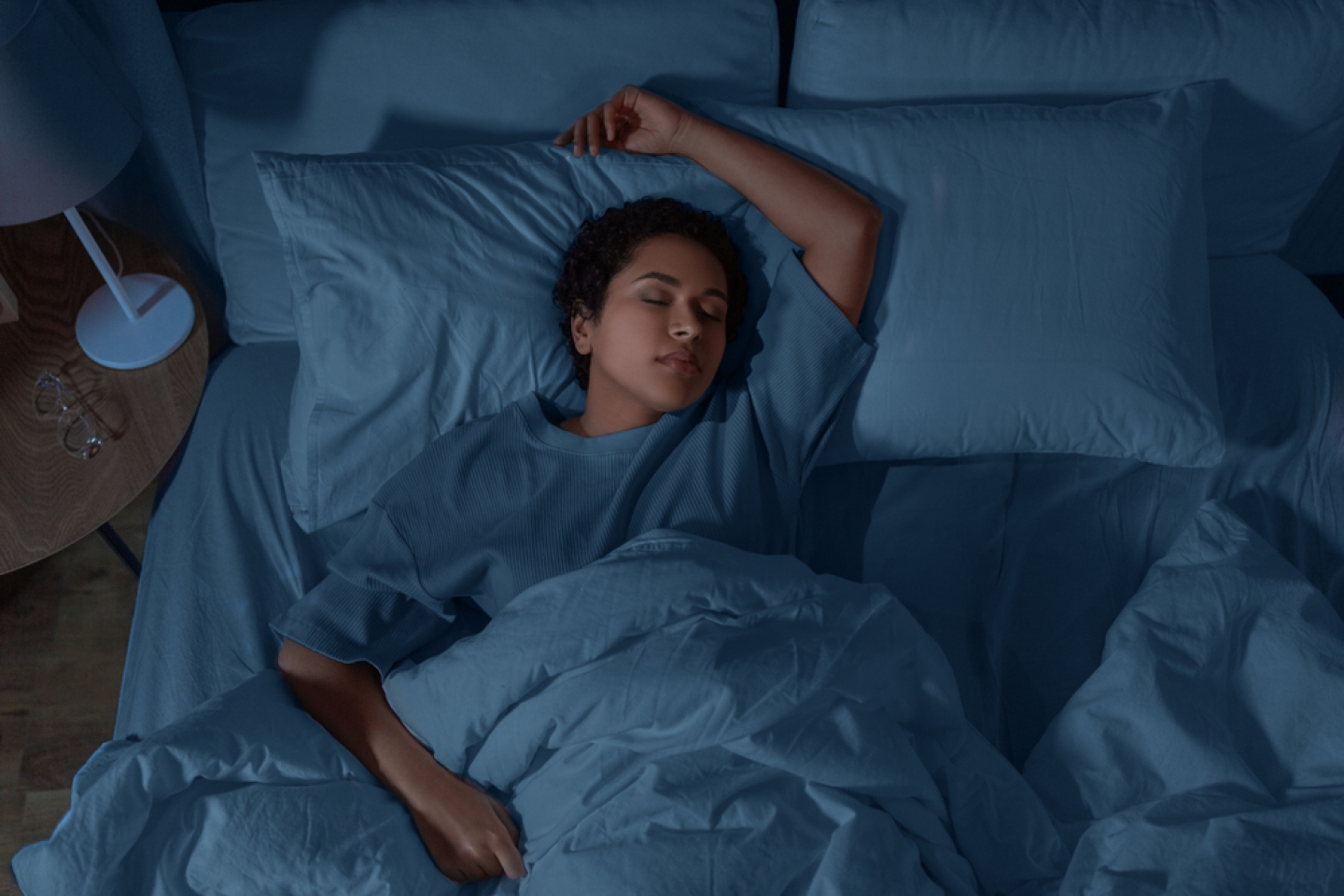
It’s that time again! On Sunday, November 5, we set our clocks back, and we gained an extra hour of sleep. All our devices—computers, tablets and phones alike—reset on their own on Sunday morning. And soon, once we get used to it, Standard Time will be the new normal until March, when Daylight Savings Time returns.
So what’s in store? Lots of sunshine in the morning and an extra hour of darkness in the late afternoon. The days will keep getting shorter and darker until December 21, also known as the winter Solstice. That’s when, little by little, the days will start getting longer again.
Most of us welcome the extra hour of sleep, but the disappearing daylight can be tough to adjust to, especially at first. Read on for answers to your questions about the time change, as well as tips for making the most of the new season, from Dr. Daniel Barone, Associate Medical Director of the Center for Sleep Medicine and Associate Professor of Clinical Neurology at Weill Cornell Medicine.
Some people are susceptible to seasonal affective disorder (SAD), also known as the “winter blues.” SAD is actually a type of depression that mostly coincides with late fall and winter, Dr. Barone says. “In the northeast, where I practice medicine, people may suffer from lower energy levels. They may also avoid going outdoors because of the cold weather—but that just makes the problem worse.”
For one, inadequate exposure to sunlight can cause decreased levels of vitamin D, a critically important nutrient that promotes serotonin activity. Serotonin is a brain chemical that helps to regulate mood. According to the National Institute of Mental Health (NIMH), people with SAD exhibit lower-than-normal serotonin levels in the winter. They also tend to produce too much melatonin, the “sleep hormone.” As a result, they may experience changes in their mood, sleep and behavior.
Dr. Barone’s patients with mild SAD have benefited greatly from taking a vitamin D supplement and sitting in front of a light box in the morning. “A light box can be a great investment,” he says. “Use it every day for 30 to 45 minutes, usually first thing in the morning. It really helps.”
However, if you have an eye disease, or if you’re taking medication that increases your sensitivity to sunlight, consult with your doctor before using light therapy, he advises.
Dr. Barone sees high-quality sleep as a key variable to good health—not only in the fall and winter but all year round.
“We’re a sleep-deprived society, Dr. Barone says. “We sleep one hour less than people did 100 years ago.” The National Sleep Foundation recommends 7 to 9 hours of sleep a night and even more for children and adolescents. But most of us average about 6 hours and change. That’s not enough. “We’d all do well to make sleep a priority, and that means practicing good sleep hygiene.”
The National Sleep foundation recommends the following habits and practices.
In New York City, where Weill Cornell Medicine is located, everyone tends to be a bit overstimulated, between the rush-rush pace of the city and its noise, crowds, nightlife and abundant cultural offerings. It prides itself on being the city that never sleeps, after all.
Echoing the National Sleep Foundation’s advice, Dr. Barone says we can thrive during the fall and winter by adopting a few consistent habits:
Most of us dislike the time reset, and our elected officials are aware of that. The Senate actually passed legislation to make Daylight Savings Time permanent, but it has stalled in the House of Representatives. So, for now, we’ll continue to flip back and forth.
Dr. Barone’s books on the art and science of sleep are well worth a look-see. The first is Let's Talk about Sleep: A Guide to Understanding and Improving Your Slumber, which discusses what’s known about sleep, what can go wrong with it and what can be done to fix it. And the second, titled The Story of Sleep: From A to Zzzz, is a lively dictionary of topics related to sleep. The book is designed to help people help themselves by improving their sleep.
Make an appointment with a specialist by visiting the Center for Sleep Medicine’s website.